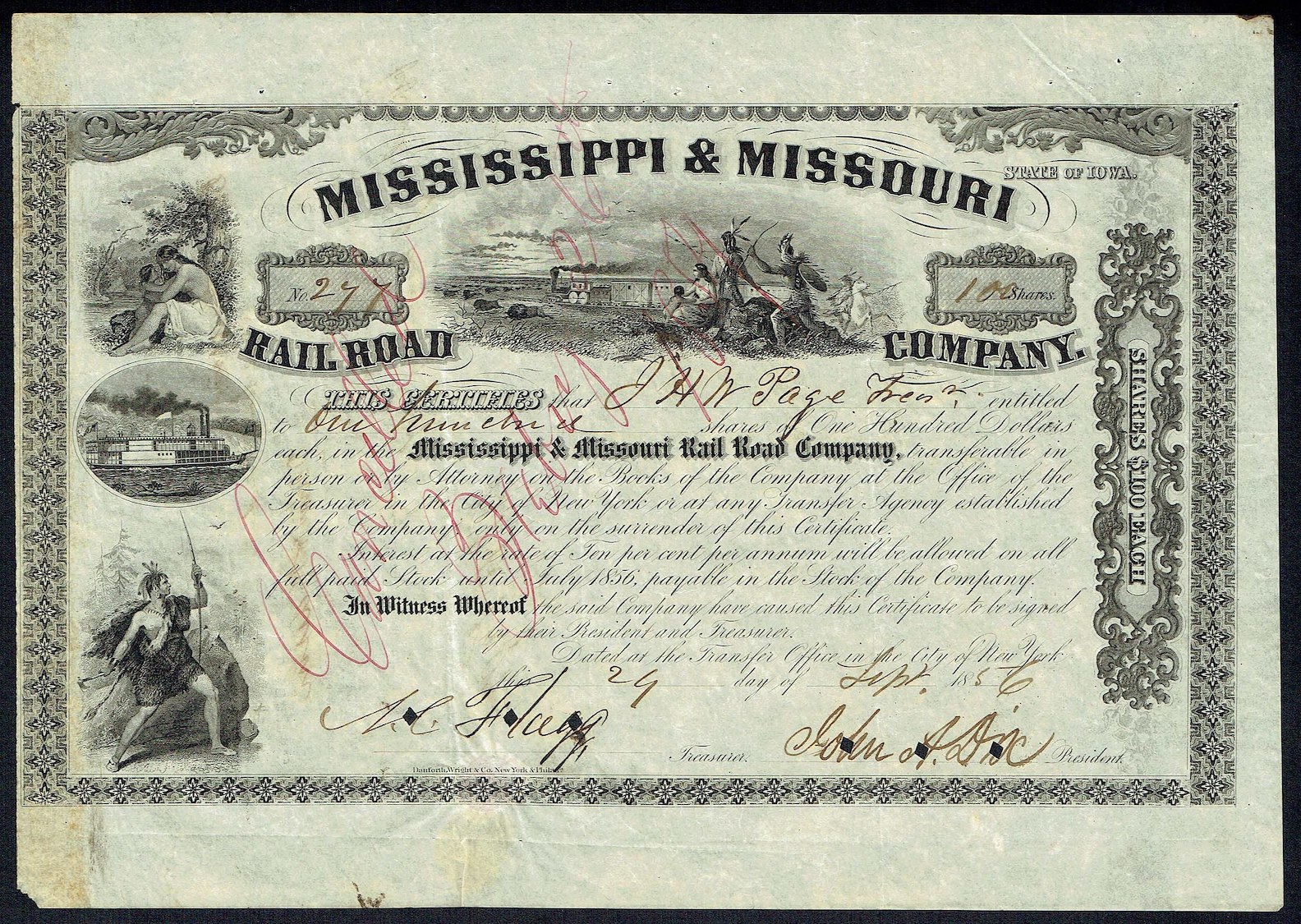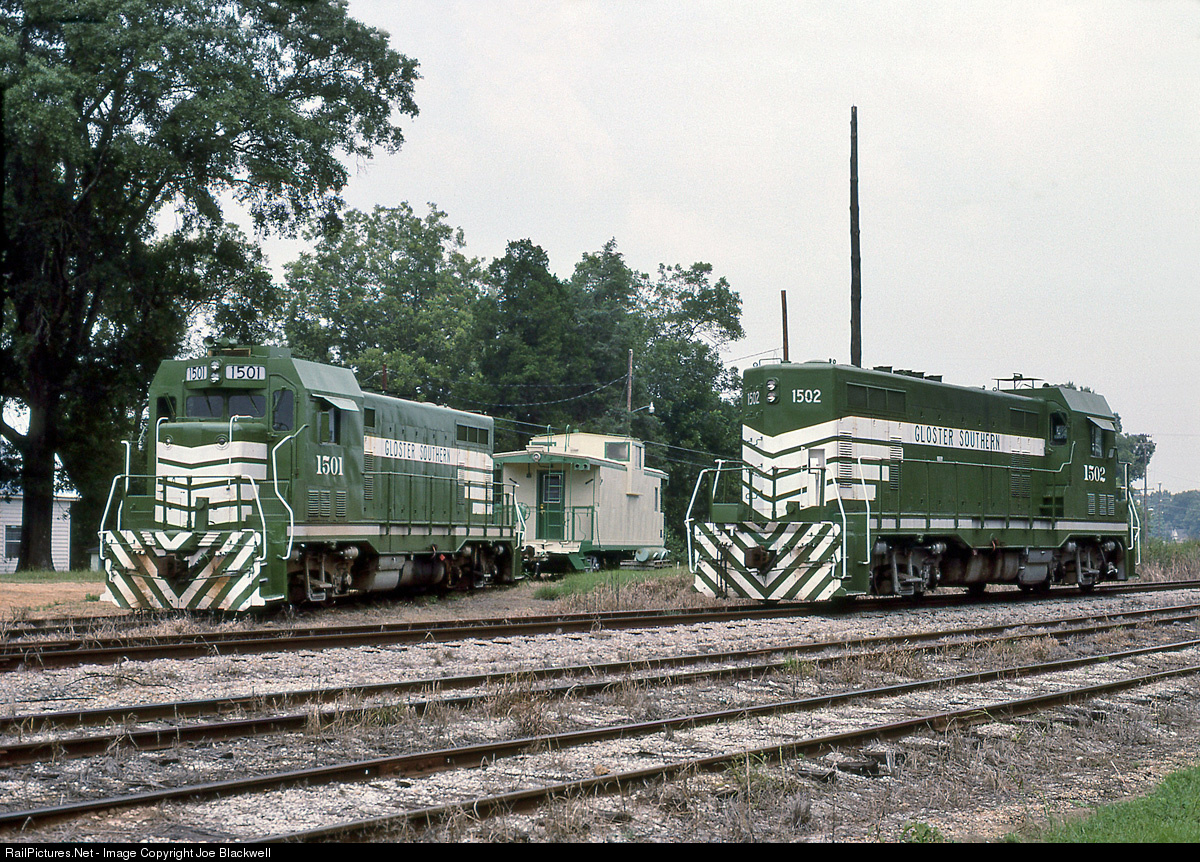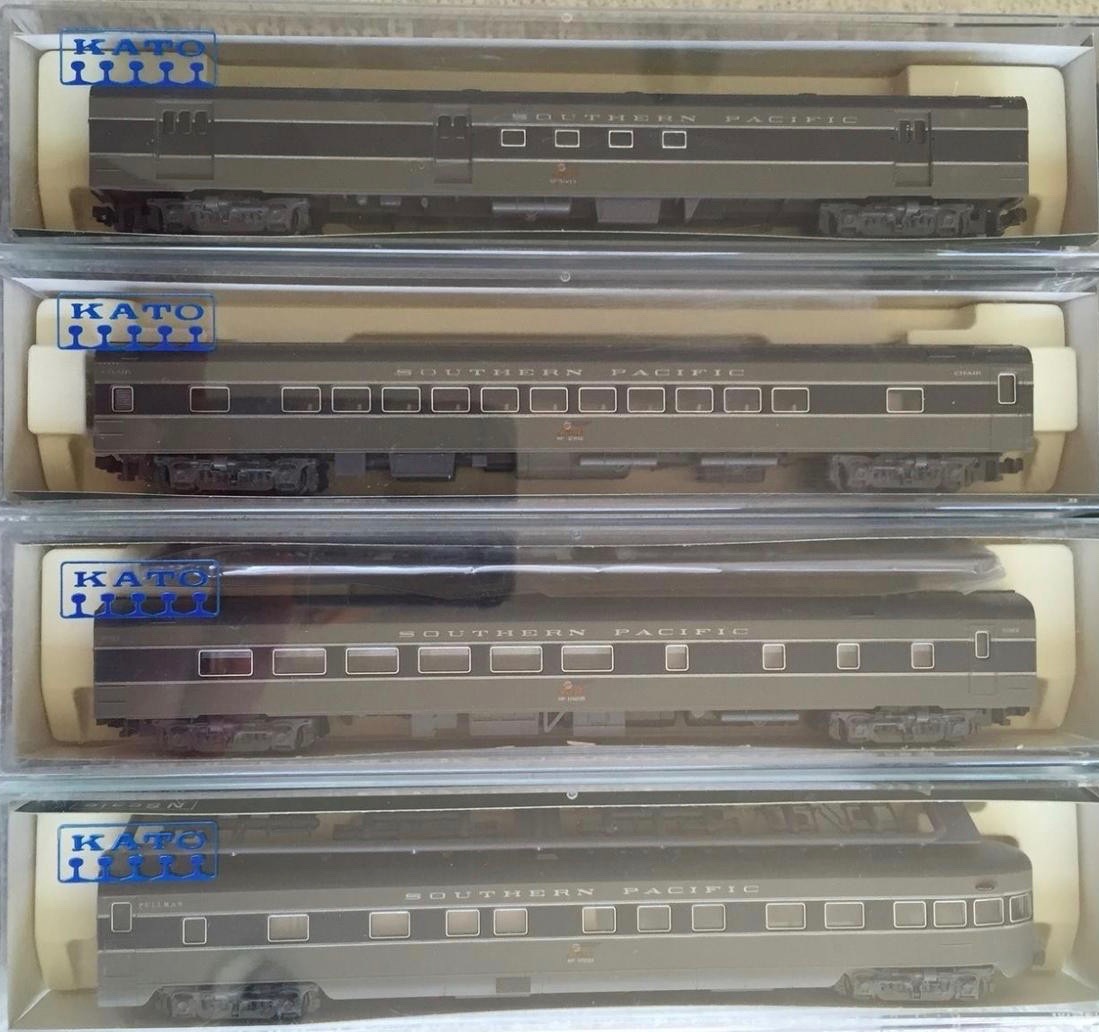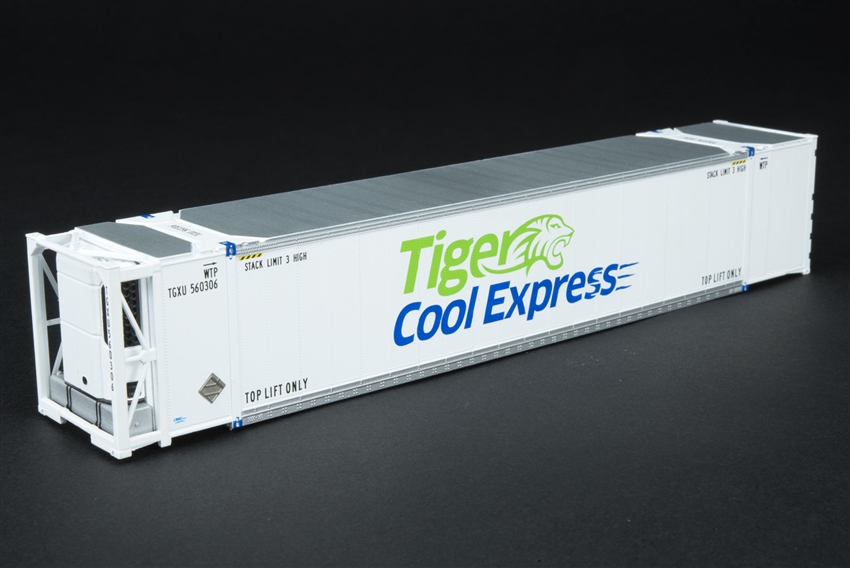Company History: The Mississippi and Missouri Railroad (M&M Railroad) was the first railroad in Iowa. It was chartered in 1853 to build a line between Davenport, Iowa, on the Mississippi River and Council Bluffs, Iowa, on the Missouri River. The railroad was the first west of the Mississippi river to join by bridge to the East. It played an important role in the construction of the First transcontinental railroad. The competing Cedar Rapids and Missouri River Railroad actually became the first Iowa railroad to reach Council Bluffs from the Mississippi River. Thomas C. Durant, vice president of the Union Pacific Railroad, owned stock in both.
The line originally was created so that the Chicago and Rock Island Railroad could extend its line across the Mississippi River via the Rock Island Bridge, the first bridge to cross the Mississippi.
Shortly after the bridge opened in 1856, a steamboat hit the bridge and steamboat companies sued to have the bridge dismantled. The M&M and Rock Island hired private attorney Abraham Lincoln to defend the bridge. The case was to work its way through the courts to reach U.S. Supreme Court in 1862 during the American Civil War when the court decided in the bridge's favor.
During Lincoln's investigation into the case, he traveled to Council Bluffs to inspect M&M property in August 1859 under the guidance of the M&M attorney Norman Judd. On the visit Judd and M&M engineer Grenville Dodge described the merits of locating the eastern terminus of the railroad at Council Bluffs. After the Pacific Railroad Act in 1862, Lincoln selected Council Bluffs as the eastern terminus and the Union Pacific created by former M&M owner Thomas C. Durant as the company to build the railroad road eastward.
Durant was slow to build the M&M through Iowa although quick to manipulate its stock. He had gained control of the Union Pacific because of his stated plans for the M&M. However, the line under his ownership did not even make it half way across the state, terminating in Kellogg, Iowa, 40 miles (64 km) east of Des Moines, Iowa, in 1865 with a branch to Muscatine, Iowa, ending in Washington, Iowa.
Durant built up his fortune by manipulating the M&M stock via rumors. First he drove up M&M stock by saying the transcontinental railroad would travel across Iowa via the M&M while at the same time quietly buying depressed Cedar Rapids and Missouri Railroad (CR&M) stock. Then he spread rumors that drove up the CR&M stock that the transcontinental would follow that line instead and Durant bought back the newly depressed M&M stock. The gambit made Durant and his cohorts $5 million.
The Rock Island Line bought the M&M on July 9, 1866, and completed its line to Council Bluffs in 1869 and extended the Muscatine/Washington Line to Leavenworth, Kansas. The merged railroad was called the Chicago, Rock Island and Pacific Railroad, a name it kept until it was dissolved in bankruptcy in the 1970s.
The line originally was created so that the Chicago and Rock Island Railroad could extend its line across the Mississippi River via the Rock Island Bridge, the first bridge to cross the Mississippi.
Shortly after the bridge opened in 1856, a steamboat hit the bridge and steamboat companies sued to have the bridge dismantled. The M&M and Rock Island hired private attorney Abraham Lincoln to defend the bridge. The case was to work its way through the courts to reach U.S. Supreme Court in 1862 during the American Civil War when the court decided in the bridge's favor.
During Lincoln's investigation into the case, he traveled to Council Bluffs to inspect M&M property in August 1859 under the guidance of the M&M attorney Norman Judd. On the visit Judd and M&M engineer Grenville Dodge described the merits of locating the eastern terminus of the railroad at Council Bluffs. After the Pacific Railroad Act in 1862, Lincoln selected Council Bluffs as the eastern terminus and the Union Pacific created by former M&M owner Thomas C. Durant as the company to build the railroad road eastward.
Durant was slow to build the M&M through Iowa although quick to manipulate its stock. He had gained control of the Union Pacific because of his stated plans for the M&M. However, the line under his ownership did not even make it half way across the state, terminating in Kellogg, Iowa, 40 miles (64 km) east of Des Moines, Iowa, in 1865 with a branch to Muscatine, Iowa, ending in Washington, Iowa.
Durant built up his fortune by manipulating the M&M stock via rumors. First he drove up M&M stock by saying the transcontinental railroad would travel across Iowa via the M&M while at the same time quietly buying depressed Cedar Rapids and Missouri Railroad (CR&M) stock. Then he spread rumors that drove up the CR&M stock that the transcontinental would follow that line instead and Durant bought back the newly depressed M&M stock. The gambit made Durant and his cohorts $5 million.
The Rock Island Line bought the M&M on July 9, 1866, and completed its line to Council Bluffs in 1869 and extended the Muscatine/Washington Line to Leavenworth, Kansas. The merged railroad was called the Chicago, Rock Island and Pacific Railroad, a name it kept until it was dissolved in bankruptcy in the 1970s.
Successor/Parent History: The Chicago, Rock Island and Pacific Railroad (CRI&P RR) (reporting marks RI, ROCK) was a Class I railroad in the United States. It was better known as the Rock Island Line, or, in its final years, The Rock. At the end of 1970 it operated 7183 miles of road on 10669 miles of track; that year it reported 20557 million ton-miles of revenue freight and 118 million passenger-miles. (Those totals may or may not include the former Burlington-Rock Island Railroad.)
Its predecessor, the Rock Island and La Salle Railroad Company, was incorporated in Illinois on February 27, 1847, and an amended charter was approved on February 7, 1851, as the Chicago and Rock Island Railroad. Construction began October 1, 1851, in Chicago, and the first train was operated on October 10, 1852, between Chicago and Joliet. Construction continued on through La Salle, and Rock Island was reached on February 22, 1854, becoming the first railroad to connect Chicago with the Mississippi River.
In 1980 Rock Island was liquidated. The railroad's locomotives, rail cars, equipment, tracks, and real estate were sold to other railroads or to scrappers. William Gibbons (the trustee) was able to raise more than $500 million in the liquidation, paying off all the railroad's creditors, bondholders and all other debts in full at face value with interest. Henry Crown was ultimately proven correct, as both he and other bondholders who had purchased Rock Island debt for cents on the dollar during the low ebb in prices did especially well.
Read more on Wikipedia and Rock Island Technical Society.
Its predecessor, the Rock Island and La Salle Railroad Company, was incorporated in Illinois on February 27, 1847, and an amended charter was approved on February 7, 1851, as the Chicago and Rock Island Railroad. Construction began October 1, 1851, in Chicago, and the first train was operated on October 10, 1852, between Chicago and Joliet. Construction continued on through La Salle, and Rock Island was reached on February 22, 1854, becoming the first railroad to connect Chicago with the Mississippi River.
In 1980 Rock Island was liquidated. The railroad's locomotives, rail cars, equipment, tracks, and real estate were sold to other railroads or to scrappers. William Gibbons (the trustee) was able to raise more than $500 million in the liquidation, paying off all the railroad's creditors, bondholders and all other debts in full at face value with interest. Henry Crown was ultimately proven correct, as both he and other bondholders who had purchased Rock Island debt for cents on the dollar during the low ebb in prices did especially well.
Read more on Wikipedia and Rock Island Technical Society.
Brief History: The U.S. is a country of 50 states covering a vast swath of North America, with Alaska in the northwest and Hawaii extending the nation’s presence into the Pacific Ocean. Major Atlantic Coast cities are New York, a global finance and culture center, and capital Washington, DC. Midwestern metropolis Chicago is known for influential architecture and on the west coast, Los Angeles' Hollywood is famed for filmmaking.
Item created by: CNW400 on 2023-06-17 17:24:21
If you see errors or missing data in this entry, please feel free to log in and edit it. Anyone with a Gmail account can log in instantly.
If you see errors or missing data in this entry, please feel free to log in and edit it. Anyone with a Gmail account can log in instantly.








